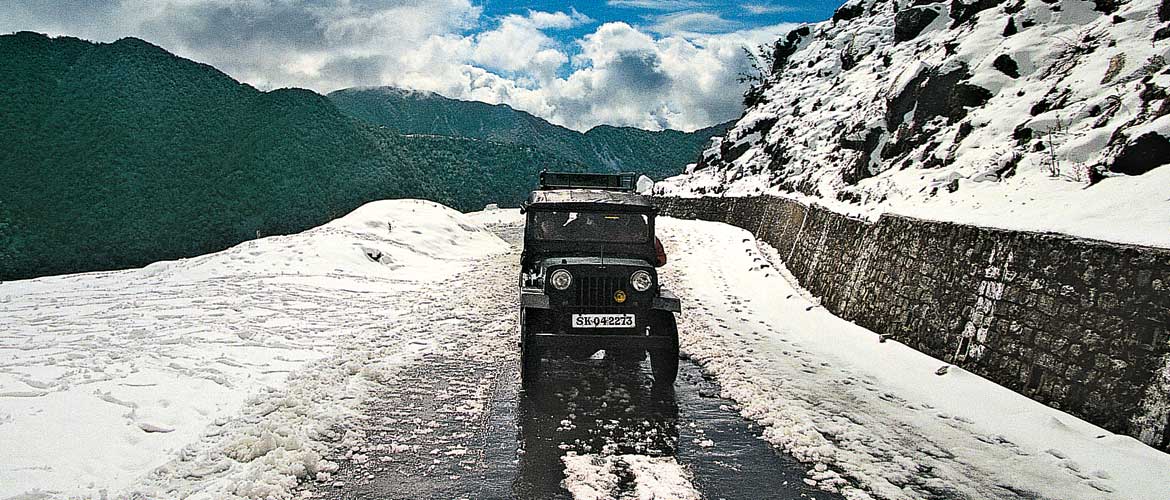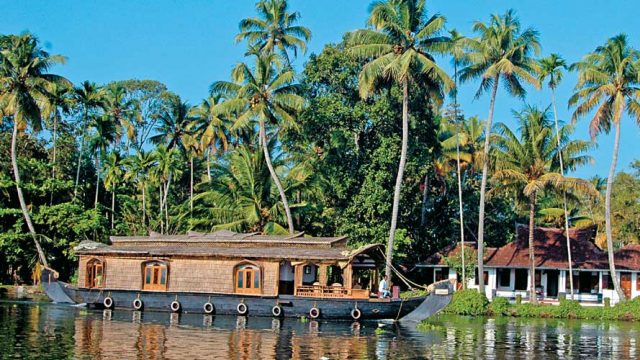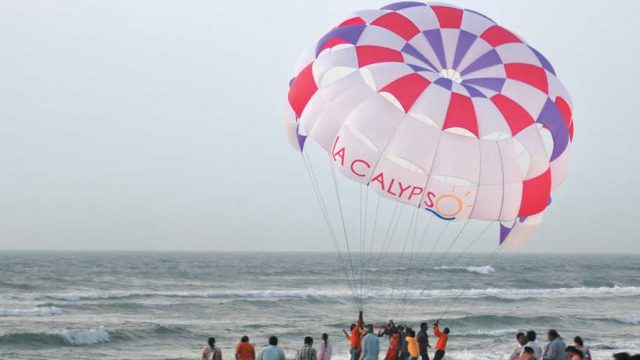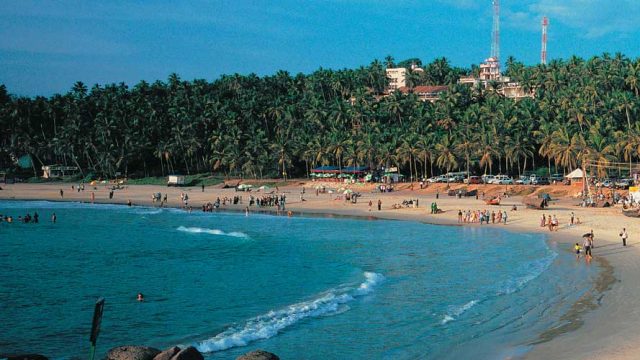Thanks to the growing awareness about the importance of tourism and better infra-structure and amenities,
Inner Line Permits
The most important thing to remember while travelling here is to secure Inner Line Permits – most states are adjacent to the international borders with China, Myanmar and Bangladesh and one needs permits to venture into the restricted areas.
Indian citizens need permits to visit Arunachal Pradesh, Nagaland and Mizoram. Additionally, certain places within a state, such as Nathu La and Lachung in Sikkim, also require permits. The conditions differ from state to state and there are additional restrictions for foreign nationals. You can contact a travel agent at any of the large cities, such as Guwahati, Gangtok or Kolkata. They can do the paperwork for you and help you acquire permits easily. Keep your passport or another identity card (and their photocopies) handy when applying for permits.
You can also contact Help Tourism (Kolkata Cell: 09831031980; Siliguri Cell: 09733000444) for assistance with permits and travel in the Northeast. They have extensive information about the area and will readily address your queries. The Ministry of Develop-ment of North Eastern Region (W mdoner.gov.in) is a good res-ource for tourists. They have ample information on the region and restrictions with respect to per-mits. The state tourism offices in New Delhi, Guwahati and Kolkata can also help you acquire permits. Each chapter in this book has the information and contact details of the concerned offices and tra-vel agents you might need.

Getting Around
The most convenient way to explore the region is to plan your itinerary around major cities, such as Guwahati and Siliguri, which serve as a convenient base to explore remote places. The rough and varying terrain in this region has hampered connectivity. Guwahati and Siliguri are amongst the few cities in the Northeast that are well-connected by air and rail to rest of the country; and act as gateways to the region.
Sikkim has no airport or rail network – the nearest airport is at Bagdogra and the nearest railway station is at New Jalpaiguri, both close to the town of Siliguri. From here, you can hire a taxi to reach Gangtok. The road to Gangtok from Siliguri runs through moun-tains along the Teesta river and can get quite dangerous during the monsoons. Time your travel during the day, from 7.00am to 4.00pm to avoid early morning and late afternoon mists.
The road connectivity and conditions between Guwahati and the rest of the Northeastern states vary from place to place. The dev-eloped parts of Assam have good roads, while others are just about fine. Arunachal Pradesh, however, is infamous for its bumpy roads. While travelling through the state, be prepared for unplanned delays. Do not attempt to drive during unfavourable weather conditions or in darkness. Tripura has good roads, as does most of Meghalaya. Mizoram, Manipur and Nagaland mostly have decent roads, though there are rough stretches.
Taxis are the best way to travel from one destination to another within the region. Most taxis ply on a shared basis and the cost depends on the type of the car. However, don’t expect the taxi tostop midway for sightseeing, though there are toilet and snack breaks. Alternately, you can hire a car for yourself, in which case, you will be paying almost eight to ten times the cost of a shared taxi. There are also bus services, though most are local buses which can often be crowded and not very frequent. Travelling can take longer than usual depending on the weather and road conditions. It pays to be patient and keep your plans flexible. There are instances where vehicles from a neighbouring state are not allo-wed into the destinations that require Inner Line Permits.
Contacting a travel agent and making bookings through them is imperative here – this is a compromise that even backpackers and those who prefer spontaneous travel will have to make. Travel agents can arrange hotels, transport and permits, even for the remotest of places.
Food and Stay
It is advisable to book your stay in advance at the hotels and guest-houses here. The cities and bigger towns have several accommodation options, ranging from budget to luxury hotels. However, the smaller towns and villages have limited options. The rooms and facilities in such places are likely to be extremely basic, so it is best to keep your expectations low. In smaller towns, it is advisable to eat your meals at your hotel itself if they have a restaurant or kitchen. Pork, fish and vegetables constitute the basic ingredients in most preparations here. While travelling away from towns and villages, make sure to carry pack-aged food and drinking water bottles as there are few restaurants or dhabas on the highways.
All the chapters in this book have information on places to stay and eat at. You can also refer to the Accommodation Listings for more options.
Travel Tips
Avoid travelling during the mon-soons. Many areas get flooded and roads can get washed away due to landslides in hilly areas. Make sure to carry medicines and toiletries as remote towns do not have phar-macies or supplies. Carry sturdy shoes, umbrellas and woollens as they are essential in the rough terrain and fickle weather that this region is famous for.
English works as the lingua franca in most places. Bengali and Hindi are spoken in others. The locals tend to be helpful as long as you respect their culture and way of life. Things move at a slow pace here and travel plans can get derailed sometimes, but it is important to keep things in pers-pective and not loose your cool. In the remote regions, do not venture outside your hotel at night.
Travelling in the Northeast is an experience unlike any other; a little planning and precaution will ens-ure that you have an exciting and enjoyable trip.
The Northeast Guide
India
Inner Line Permits





